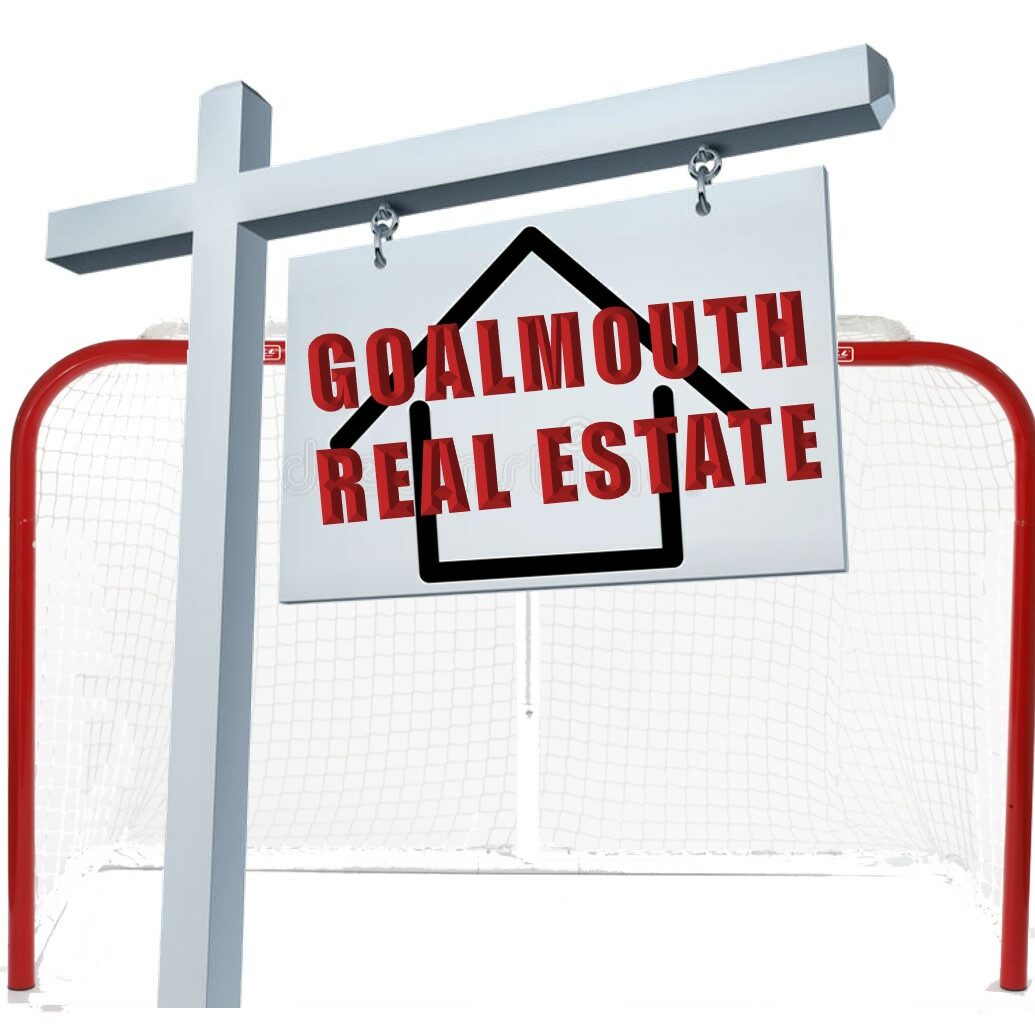Goaltending instruction has come a long way over the past decade or so. Young Mite goalies to veteran college athletes can make pretty butterfly slides and look the part of an intelligent goalie to the naked eye. While instructional techniques have clearly trickled down to the youth level, I see a lack of hockey sense from many young netminders. They know how a save is made; they just don’t know how to make the right decision on when and where to use it. You can have the most beautiful technique in the world, but if you give a shooter time and space to score, the pretty save won’t work.
Goalies have gap control issues just like defensemen do. For example, if a talented player like Sidney Crosby or Alexander Ovechkin comes at a D in a one on one situation, the tendency is to think “Oh my gosh, I’ve got to back up so I don’t get beat”. In reality, the D is better off keeping a closer gap on Crosby or Ovechkin so there is less space for them to attack into. I see many young goalies that have no concept of gap control whatsoever. Some are “stuck like glue” on the goal line, some are “happy wanderers” and others are “Statues of Liberty”. All three have issues when it comes to controlling goalmouth real estate. Let’s look at these three flawed goaltenders a little more closely to see if you fall into one of these categories.
Stuck-Like-Glue Goal Line Hermits:
I tend to call these goalies turtles because they seem to feel more comfortable being close to their shell (the goal). They rarely venture outside the crease so shooters have the advantage both with the scoring angles and with deking space. When a goalie is stuck like glue on the goal line, shooters can visually see all four corners and the 5 Hole without distraction. When a goalie has a closer gap to the shooter, the net is hidden better. If a shooter decides to quickly deke across the crease, he or she has all sorts of time and space to score because the goalie is too deep in the net to take away some scoring options. The goalie may “feel” safe, but in reality, the goalie will always be under pressure to make athletic saves since the puck is too far away for the goalie to make balanced, controlled saves. When a goalie has a closer gap on the scoring angle, there is less distance to the puck which then makes the goalie look faster making saves since there isn’t very far to move. When a goalie is deep in the crease, the shooter has time and space to make a great shot which will then require the goalie to have to make a more acrobatic save then is really necessary. When a goalie is “on”, he or she may make these saves despite the bad positioning. However, when this type of goalie is not “on”, the goalie may be called “Touchdown” since 7 or more goals may get scored unnecessarily!
Happy Wanderers:
I sometimes ask young goalies if they get paid by the mile. There is no reason to do a ton of unnecessary skating. Crease presence is huge when it comes to forcing opposing shooters into mistakes. When I see a goalie skate out to the hashmarks before the opponents have even crossed the center red line and then I see them skating backwards a million miles an hour before the puck even enters the zone, I really shake my head over all that wasted energy. Goalies should step out a few feet from the top of the crease as the play comes over the red line and then stop squarely facing the puck. Stay square to the puckcarrier but don’t retreat until the puck is below the bottom hashmark on a straight angle or the bottom of the face-off circle if the play is coming in from a wide angle. Since a goalie only has to take a step or two to get back to the top of the crease, it is foolish to skate backwards when the puckcarrier is still at center ice or just inside the blue line. When a goalie has a confident stance and is holding his or her ground, the pressure goes to the shooter to make a good decision with the puck because there is minimal shooting or passing angles available. When a goalie retreats quickly into the net, shooting, deking and passing lanes are all wide open which means the goalie has to make an extremely athletic save every single time a play occurs near the net. Happy wanderers make a ton of work for themselves and get scored on way more than they should. Small, quick and direct angle movements are much more effective than public skating throughout the defensive zone. Be comfortable drawing a shooter in closer to you so you can stuff them!
Statues of Liberty:
These goalies are throwbacks to the 1970s. They don’t use pad saves at all. They stand up like Frankenstein or they get caught extending their goal stick in a tripod like position. Hockey has become a lateral game. Although there are many straight on shots that don’t require a goalie to butterfly, let’s face it: you have to be able to use your pads to make saves. If you just stand still and try to make an extended stick save on every play or your gloves are hanging like salamis in a deli window, you won’t be able to stop any shot to a low or high corner. Goaltending is an art that also requires effort. If it’s too much of a bother to have to move your feet, keep your hands up or use your pads to stop a low shot, you may be better off working in a studio art class as a subject of a still-life photo!
Summary: To be a successful goalie, you must instinctively know what scoring options the opposing team is looking at and then do something that puts doubt in their mind. Taking away real estate through proper angles, crease presence and a good stance makes shooters think. When shooters don’t have an obvious choice, but have to think quickly under pressure, they make mistakes! It’s up to you to make sure you are not a puck receptacle, sitting still, hanging out and hoping that you can make a save when the puck is shot. That strategy does not work!
This article was contributed by Fred Quistgard.

